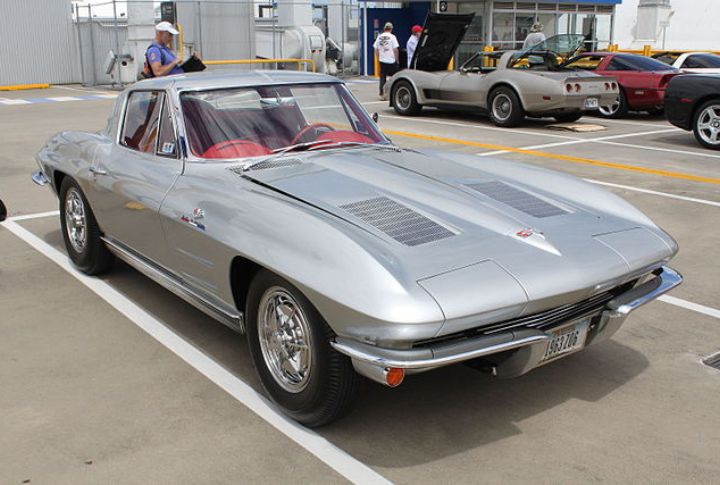
Automakers occasionally overhaul a vehicle from the ground up, revamping its styling, performance, and overall essence. In such instances, a redesign transforms a dull automobile into an extraordinary one. This curated collection showcases 15 vehicles that underwent remarkable changes, emerging as vastly improved incarnations after comprehensive redesigns.
Fifth-Generation Audi A4
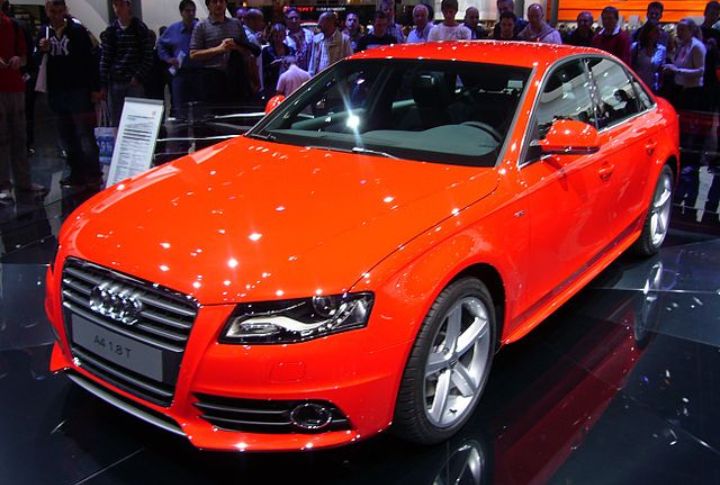
The fourth-gen Audi A4, though solid, found itself in a fierce battle against rivals like Mercedes-Benz and BMW, and it didn’t perform as expected. Audi took the challenge head-on, birthing the fifth-gen A4. Launched in 2016, it stood toe-to-toe with BMW’s 3-Series, boasting a range of engines from a 148-hp 1.4-liter V6 to a muscular 3.0-liter with 268 hp. For those eyeing a second-hand gem, the fifth-gen A4 beckons exploration.
Peugeot 508 (2018)
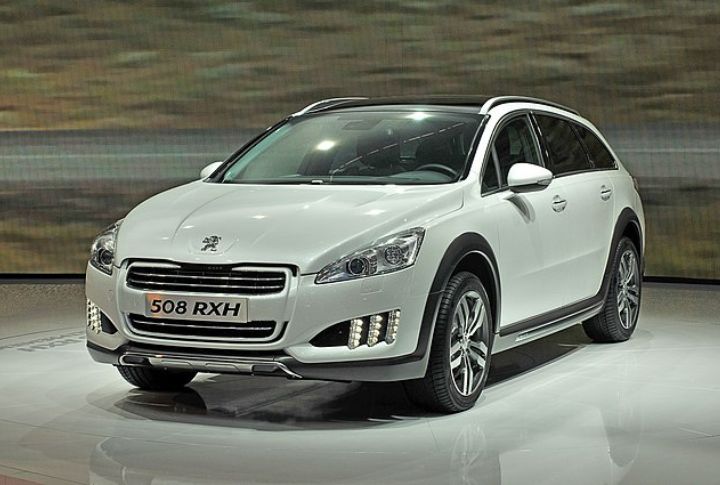
Peugeot’s reputation hit rock bottom for a stretch, transitioning from iconic models like the 205 GTi to lackluster rides like the clunky 1007. Yet, in 2018, 508 marked a turning point. Its second-gen incarnation boasted a sleek exterior, revamped interior, and a five-star safety nod from NCAP. It signaled Peugeot’s return to form with a 1.6-liter flat-four churning out 178 hp, with a hybrid option promising up to 355 hp.
BMW M5 E39
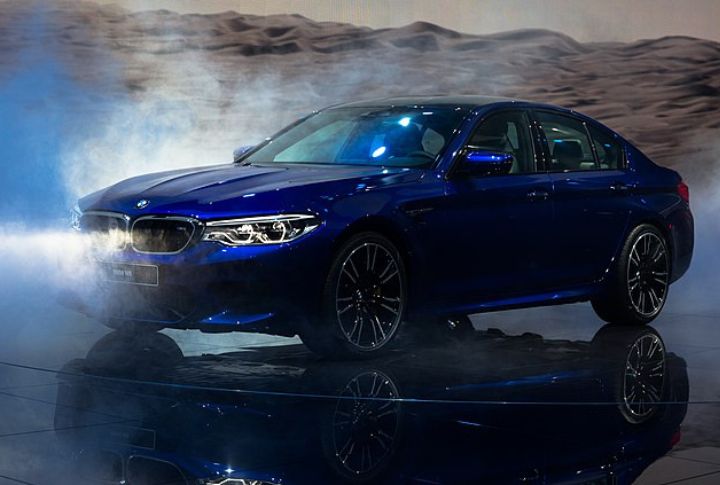
In the late 1990s, BMW revamped the M5, unleashing the powerhouse E39 model. It marked a seismic shift, packing a 4.9-liter S62 V8 engine, yielding a robust 394 hp. This improved power was a game-changer compared to its predecessor’s modest 311 hp straight-six. Though electronically capped at 155 mph, BMW’s tests revealed a blistering 186 mph potential sans limiter.
Third-Generation Cadillac CTS

In 2014, Cadillac unveiled the third-generation CTS, a leap forward from its predecessor. With a larger sedan offering ample interior space and a strikingly aggressive design, it caught attention. While the coupe and wagon styles were missed, the CTS-V stole the spotlight with its monstrous 6.2-liter supercharged V8, producing a staggering 640 horsepower. The base model packed a punch, boasting a 2.0-liter inline-four engine delivering 272 horsepower.
Fifth-Generation Chevrolet Camaro
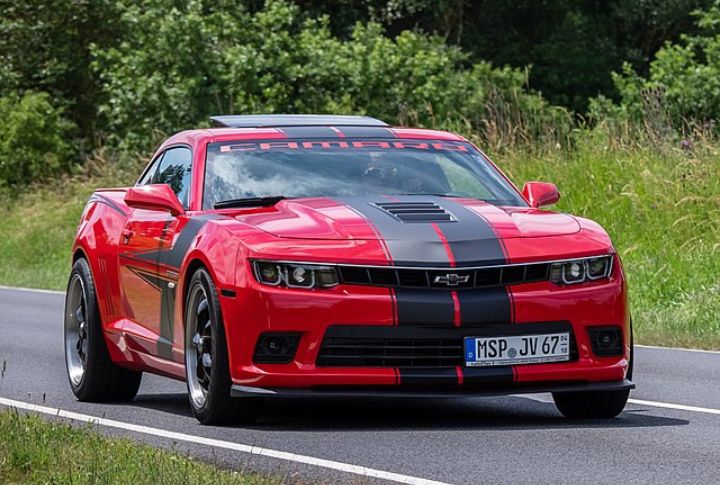
The fourth-gen Chevy Camaro quietly bowed out in 2002, overshadowed by declining sales and aging design amidst the rise of sports cars like the C5 Corvette. However, its triumphant return in 2010 revitalized the muscle car scene, boasting a roaring LS3 V8 engine packing 426 horsepower. This new generation sparked a renaissance, leading to the pinnacle of Camaro’s evolution in its sixth and final iteration. Here, we witnessed the emergence of beasts like the ZL1, wielding the supercharged LT4 engine from the legendary Corvette Z06.
Ford Mustang
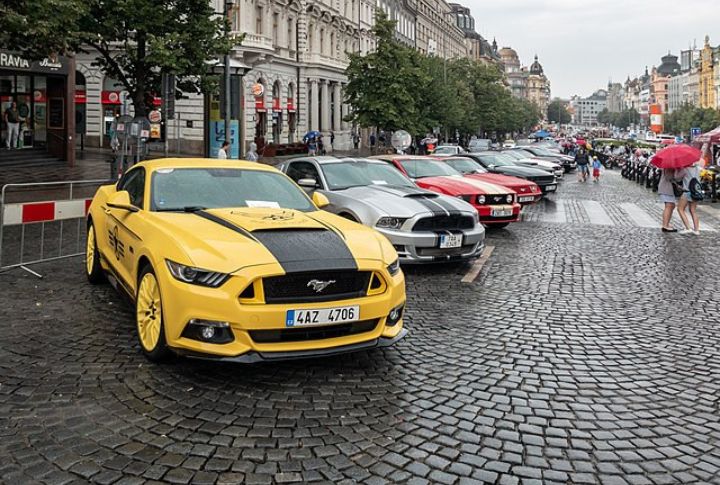
In 1979, the Fox-Body era of the Ford Mustang kicked off with underwhelming power and a bumpy start. But like a phoenix rising from the ashes of the Mustang II debacle, Ford transformed the Fox-Body into a powerhouse. Year after year, it evolved: engines grew gutsier, power surged, and its look turned more muscular. The pinnacle? The 1993 Mustang SVT Cobra, a rare gem boasting a 4.9-liter V8 engine, churning out a thrilling 235 horsepower and 285 lb-ft of torque.
Chevrolet C5 Corvette (1997)
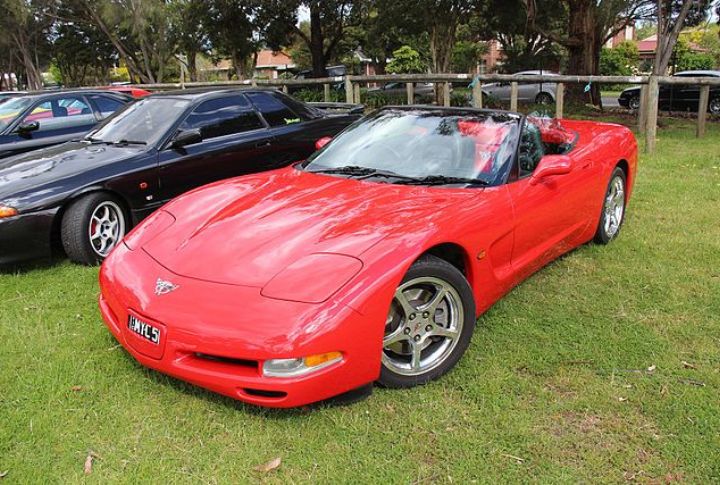
The mid-1990s marked the twilight of the C4 Corvette’s era, a car that had its glory but showed signs of wearing out. Then came the C5 Corvette, a breath of fresh air with its futuristic design that made its predecessor look like yesterday’s news. With a new chassis and a roaring LS engine boasting 345 horsepower, the C5 wasn’t just a facelift but a revolution. Plus, adding a trunk was a stroke of practical genius.
Aston Martin DB11 (2017)
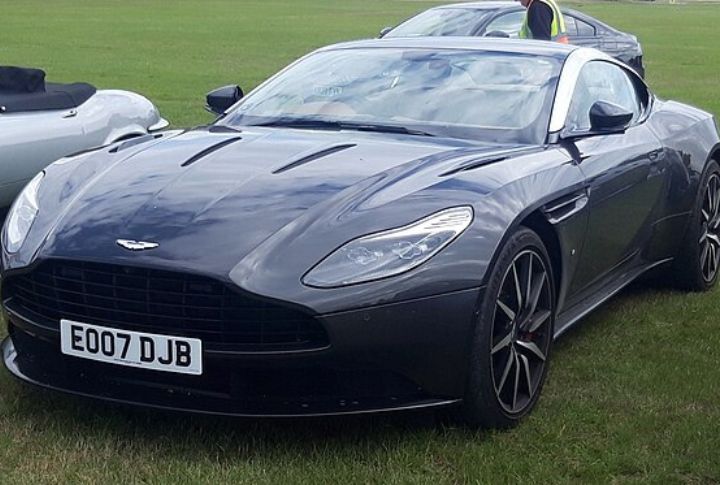
Ushering in Aston Martin’s ‘second century,’ the breathtaking DB11 succeeded the iconic DB9, bragging Daimler-infused tech and jaw-dropping performance. While the DB9 still packed a punch, the DB11 raised the bar with cutting-edge electronics, blistering acceleration from its potent 4.0L twin-turbo V8 or the earth-shattering 630-hp 5.2L twin-turbo V12 that rocketed it to 60 mph in a short 3.5 electrifying seconds, solidifying its status as a true 21st-century supercar.
Ford Taurus SHO (2010)
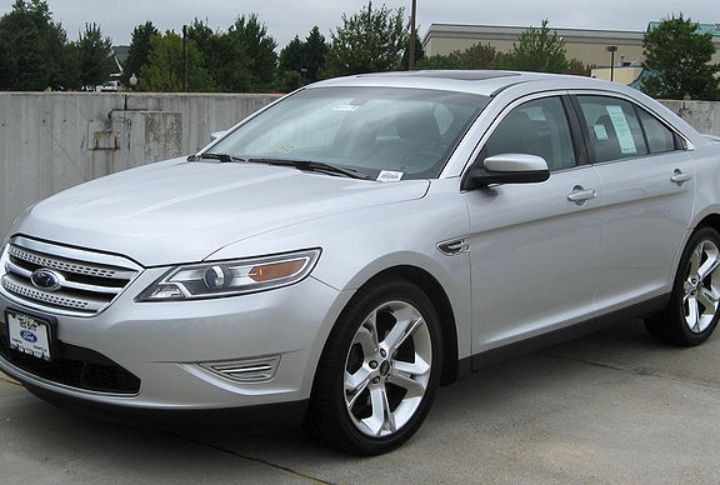
The first and second-generation Taurus SHOs earned widespread acclaim, but the third generation missed the mark. Despite its V8 engine, rampant failures plagued it, with over 1,000 known cases. However, in 2010, Ford staged a triumphant comeback with the fourth-generation Taurus SHO. Sporting a potent twin-turbocharged EcoBoost V6 engine, delivering a massive 365 horsepower and 350 lb-ft of torque, this revitalized model was a blazingly fast return to form.
Rolls-Royce Phantom VII (2004)

In 2004, Rolls-Royce unveiled its game-changer, the Phantom VII, marking a triumphant return under BMW’s stewardship since 1998. With a majestic 6.76-liter V12 boasting 454 horsepower, it wasn’t just a car but a statement. This opulent flagship revitalized the brand and set new standards in luxury, catapulting Rolls-Royce firmly into the 21st century. Until 2009, the Phantom VII stood alone, commanding attention and admiration.
Mazda MX-5 Miata (ND)
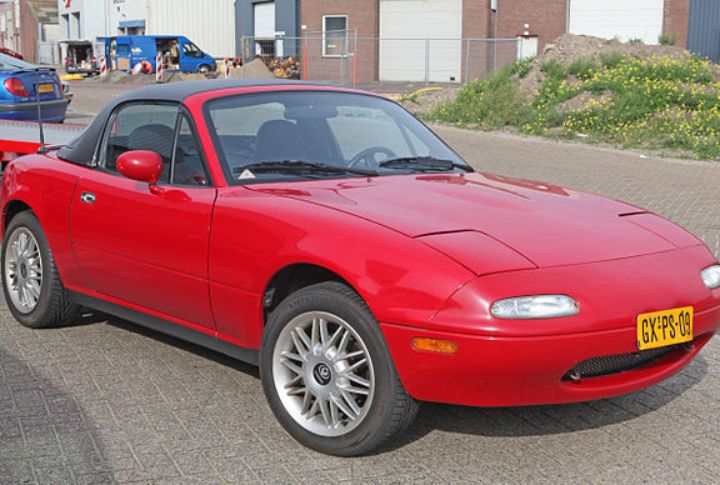
By the turn of 2015, Mazda’s MX-5 NC generation was showing its age, though still remarkable. Seeking a refresh, Mazda unveiled the ND in 2014 in Japan, the US, and Spain to critical acclaim. This updated MX-5 boasted sleeker lines, an aggressive stance, and a lighter build, shedding 220 lbs from the NC’s 2,200 lbs. It embraced Mazda’s Skyactiv tech and featured Electric Power Assisted Steering, a modern touch over its hydraulic predecessor. This new iteration won the World Car Design of The Year and World Car of The Year awards in 2016.
Chevrolet C4 Corvette
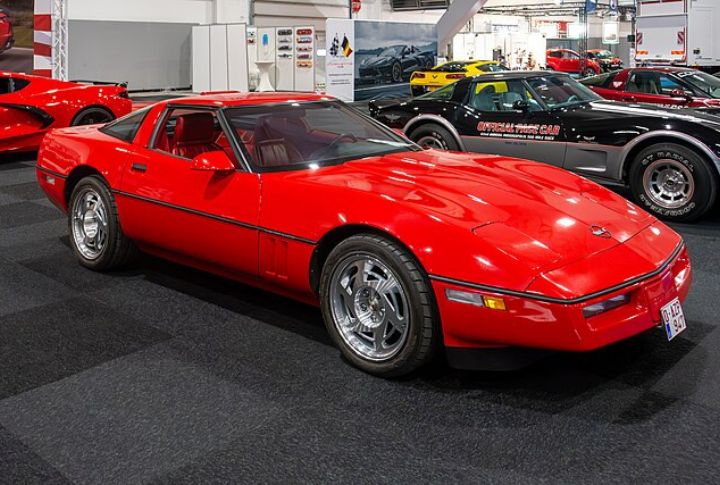
The C4 Corvette is a hidden gem among sports cars, often overshadowed despite its brilliance. As the C3 aged, Chevrolet stepped in with the innovative C4 in the mid-1980s. Sporting a robust “Cross-fire injection” V8 engine, it boasted 205 horsepower. From 1984 to 1996, the C4 flaunted a formidable 5.7-liter V8. It’s celebrated as the pioneer of the “Corvettes of Now,” blending futuristic aesthetics with classic elements like its distinctive fender flares.
Fiat Multipla (2004)
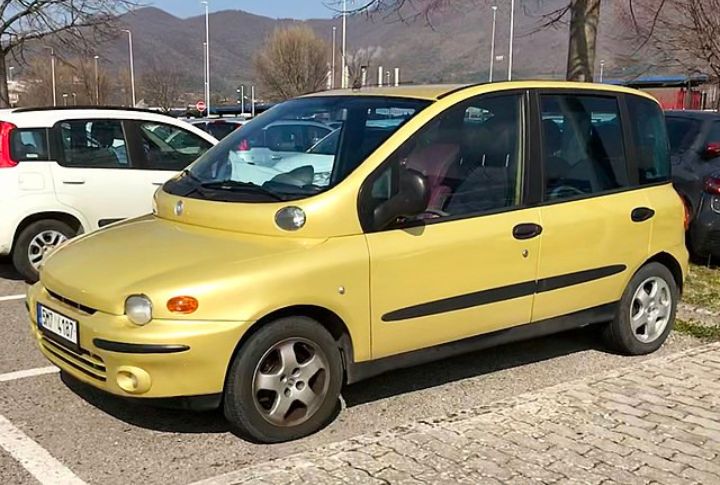
The 2004 Fiat Multipla, though debatably a step back from its 1999 counterpart, made significant design changes. Shedding its polarizing yet attention-grabbing look, Fiat opted for a more conventional appearance, enhancing its appeal to consumers. Despite losing its distinctiveness, the Multipla maintained its practicality, resulting in increased sales.
Porsche 997 (2005)
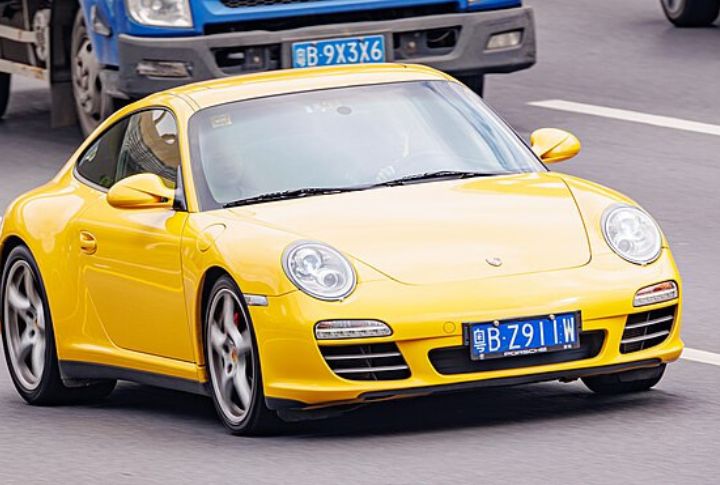
Back in 2004, the Porsche 911 was cruising through its 996 era. Despite its charm, it’s not destined for the Collector’s Hall of Fame. The 996 got a fair share of flak for its quirky round headlights and tendency to wear out faster than expected. But then came the savior: the 997 generation. The car’s sleeker, classic 911 facade was more admirable, fixing up the quirks that plagued its predecessor.
Chevrolet C2 Corvette
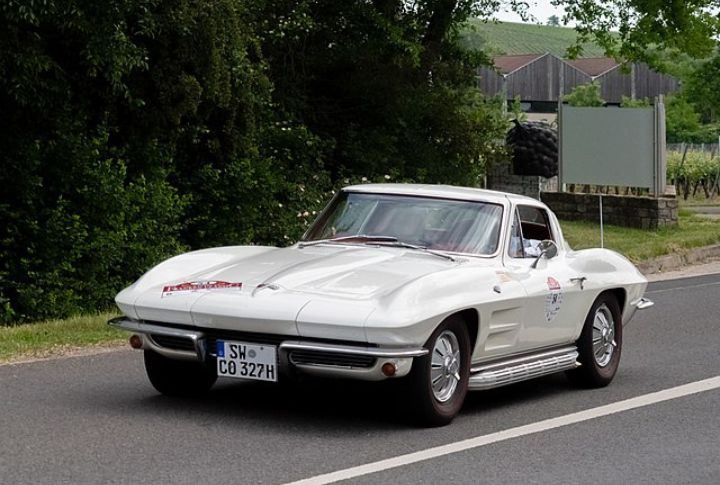
The C1 Corvette, hastily pushed into production, fell short of Chevrolet’s expectations, almost dooming the sports car endeavor. However, Chevy persevered, bringing out the C2 Corvette. Arriving in 1963, the C2 boasted a stunning design with sleek lines, showcasing an assortment of potent V8 engines, ranging from the 5.4-liter small block to the monstrous 7.0-liter big block. Its enhanced aerodynamics, swifter speed, and reduced weight surpassed its predecessor, heralding a new era for Corvette enthusiasts.
